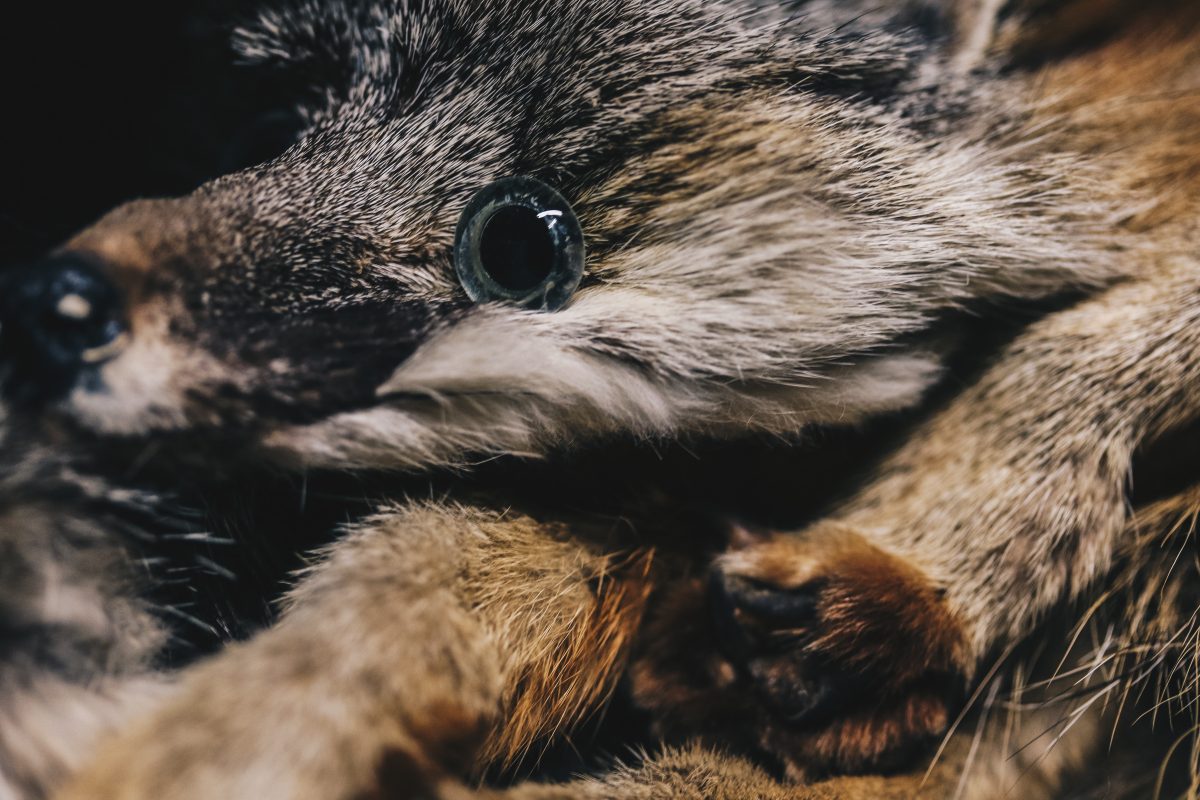Despite professors’ urges not to cite it as a scholarly source, college students consult Wikipedia every day. Scrolling through my browsing history, my recent Wikipedia searches include Hypatia, Laura Kipnis, and “Parks and Recreation.” Serendipitously, these searches hint at an important aspect of my identity: I am a staunch feminist. And if you think “Parks and Recreation” is a stretch, maybe do a quick Wikipedia search of Leslie Knope.
I am also an avid reader, writer, and arts and culture enthusiast, and am constantly watching women’s roles and representation in the arts. On April 29, I attended an Art + Feminism Wikipedia Edit-a-thon at the Pacific Northwest College of Art in Portland. The purpose of the event was to increase female editorial participation by gathering the general public to edit Wikipedia articles on arts, feminism, and related topics. According to the Art + Feminism website, the event aimed to “generate coverage of women and the arts on Wikipedia” and to “encourage female editorship.” The majority of Wikipedia’s editors tend to be male-identifying, and many articles on women in the arts remain underdeveloped, under-researched, or contain sexist language.
At the edit-a-thon, I was shocked by how little I knew about this webpage I use daily. I learned certain universities have Wikipedians in Residence, and that there is a Wikipedian of the Year. One of these includes Emily Temple Wood, a medical school student renowned for her contributions to Wikipedia pages on women in science. I learned there are many kinds of Wikipedia edit-a-thons, including a Cannabis Edit-a-thon on 4/20.
I spent about three hours at the event drafting a Wikipedia page for Pacific Northwest writer and musician Sara Jaffe, who I knew of from a University of Oregon creative writing program. She was on a list of suggested artists supplied by the organizers. I remembered listening to her read from her book “Dryland,” a bildungsroman about a 15-year-old girl who begins swimming competitively, and realizes she is queer. That night, I went home and found her website online, and began clicking through her essays and poems.
I wanted to be a writer when I started reading “Harry Potter” as a child. I consumed fantasy series: “The Lord of the Rings,” “The Dark Is Rising,” “The Chronicles of Narnia,” and also enjoyed science fiction, from “Animorphs” to “Star Wars” to Michael Crichton. As I savored these paracosms, I kept a rigorous mental catalogue of how female characters were treated. I wanted to see myself reflected there, and too often I did not. I did not enjoy much young adult fiction, but I will always love Holly Black’s “Ironside” books and Francesca Lia Block’s “Weetzie Bat” books because they were soaked in the power and multiplicity of girlhood. I liked messy women, angry women, grungy women. I discovered Gillian Flynn before “Gone Girl,” with her two prior novels centering on a journalist/self-cutter exploring a crime in her hometown and a kleptomaniac digging into her brother’s criminal past, respectively. Some might ask why I would want to read about those kind of women, but no one asks why people still read “Lolita” even though its male protagonist and narrator is a pedophile.
I returned to Jaffe’s website to generate citations when I was building the article in a Wikipedia account draft file known as the user’s “sandbox.” As I explored again, I read Jaffe’s review of punk rocker and poet Patti Smith’s memoir “M Train.” I also read a blurb about “Dryland” from Maggie Nelson, a genre-defying memoirist, poet, and literary theorist, as well as one of my personal favorite writers. I could not peruse her website without stumbling upon the names of other female writers I admired, and as I highlighted their names in the article and pressed the button to link them to their respective Wikipedia pages, I thought of the value this particular out-branching citing can hold for female artists.
When reading poetry or criticism written by femmes, I enjoy it when they make their influences explicit. This functions much the same as linking and citing in a Wikipedia article. Maggie Nelson writes about Annie Dillard, Joan Didion, Eileen Myles, Claudia Rankine, Anne Carson, and, as I mentioned, Sara Jaffe. When I was reading “The Argonauts,” Maggie Nelson seemed cooler than a rock star to me. She had read all these women and knew their work so well. She was not trying to bury her influences; her books were like mixtapes of other writers’ work, but with her own lucid voice prevailing. I pictured Wikipedia’s citations like a branching family tree, a powerful tool to show that women have always been thinking and writing, even under the worst historical circumstances.
As I read about Wikipedian Emily Temple, who later resolved to write a new article about a woman scientist for every piece of online trolling she received, I hoped writing and editing for Wikipedia could be a project I continued for the rest of my life. Unlike in my other writing, authorship on Wikipedia is not something to add to a portfolio or take credit for — the point is to keep the material updating and in flux. Rather, the reward of this project would be to continue highlighting the connections between femme artists, who made me the writer I am today.




